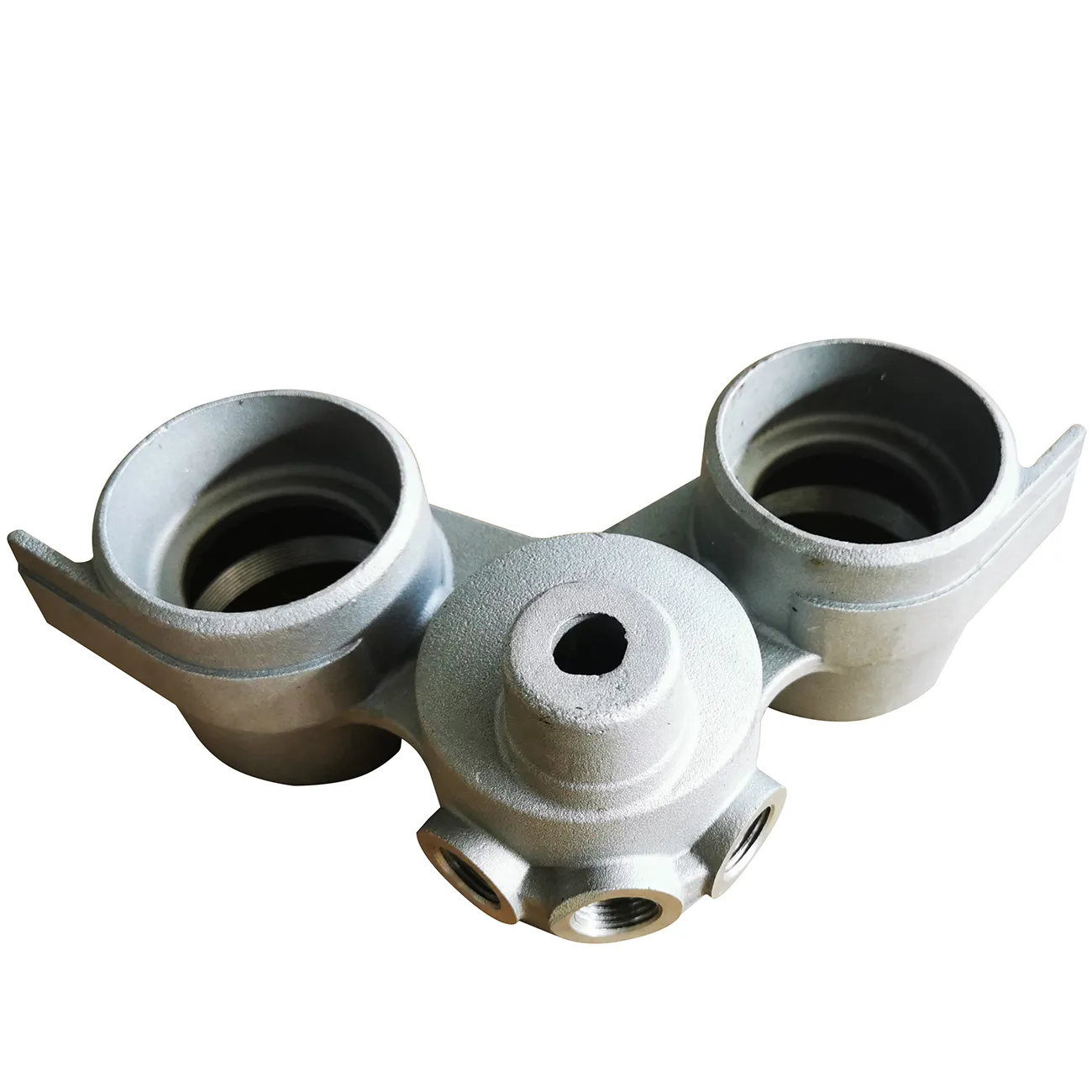Mobile:+86-311-808-126-83
Email:info@ydcastings.com
sand casting products
Understanding Sand Casting Products An Overview
Sand casting is one of the oldest and most versatile methods of metal casting. This process involves creating a mold from sand and then pouring molten metal into that mold to create a desired shape or product. The popularity of sand casting can be attributed to its cost-effectiveness, ability to produce complex shapes, and the wide variety of metals that can be used. In this article, we will explore the fundamentals of sand casting products, the process involved, and its various applications.
The Sand Casting Process
The sand casting process begins with the creation of a mold. This mold is made by compacting sand around a pattern, which is a replica of the final product. The pattern can be made from various materials, including metal, plastic, or wood, and is typically designed with allowances for shrinkage and machining after casting. Once the pattern is in place, the sand is mixed with a binder, which helps hold its shape.
After the mold is prepared, it is then split into two halves (the cope and the drag) to allow for the removal of the pattern. The two halves are then reassembled, and a pouring cup is created to allow the molten metal to flow into the mold cavity. Venting systems may also be created to allow gases to escape during the pouring process.
Next, molten metal—often aluminum, iron, or steel—is poured into the mold. The metal fills the cavity, taking the shape of the pattern. As the metal cools and solidifies, it adheres to the mold's surface, creating a detailed impression of the original pattern. After a suitable cooling time, the mold is broken away to reveal the cast product.
Advantages of Sand Casting
One of the most significant advantages of sand casting is its ability to produce complex shapes that would be difficult or impossible to achieve using other manufacturing processes. The flexibility of sand allows for undercuts, intricate designs, and fine details. Moreover, the process is suitable for both small-scale production and large-scale manufacturing, making it adaptable to various business needs.
sand casting products

Cost efficiency is another major benefit. The materials used in sand casting—primarily sand and metal—are relatively inexpensive. Additionally, the sand molds can often be reused for multiple castings, further decreasing production costs. This makes sand casting an attractive option for both small manufacturers and large-scale industrial applications.
Applications of Sand Casting Products
Sand casting is employed in a myriad of industries due to its versatility. It is commonly used in the automotive industry for producing engine blocks, cylinder heads, and transmission cases. The aerospace sector also utilizes sand casting to make lightweight, strong components that are crucial for aircraft performance.
Furthermore, sand casting is widely used in construction for creating architectural features such as railings, decorative elements, and structural supports. The ability to produce large and complex shapes makes it an ideal choice for artistic and decorative applications, including sculptures and signage.
In addition, sand casting is essential in the production of durable consumer goods ranging from kitchen utensils to tools and machinery components. The method’s adaptability to various metal types means that it can be used for both ferrous and non-ferrous materials, allowing manufacturers to choose the best metal for their specific needs.
Conclusion
In conclusion, sand casting is a time-tested method that continues to be relevant in modern manufacturing due to its versatility, cost-effectiveness, and ability to produce high-quality products with intricate designs. As industries look for efficient ways to fabricate components, the applications of sand casting products will likely grow, incorporating advancements in technology and materials. Whether it is for industrial uses or artistic creations, sand casting remains an essential process in the world of manufacturing, demonstrating how traditional techniques can be adapted and evolved to meet contemporary demands.
For businesses considering sand casting, understanding the process and its benefits can lead to successful project outcomes and innovative product designs, allowing them to stay competitive in an ever-evolving market.
-
Why Should You Invest in Superior Pump Castings for Your Equipment?NewsJun.09,2025
-
Unlock Performance Potential with Stainless Impellers and Aluminum End CapsNewsJun.09,2025
-
Revolutionize Your Machinery with Superior Cast Iron and Aluminum ComponentsNewsJun.09,2025
-
Revolutionize Fluid Dynamics with Premium Pump ComponentsNewsJun.09,2025
-
Optimizing Industrial Systems with Essential Valve ComponentsNewsJun.09,2025
-
Elevate Grid Efficiency with High-Precision Power CastingsNewsJun.09,2025











